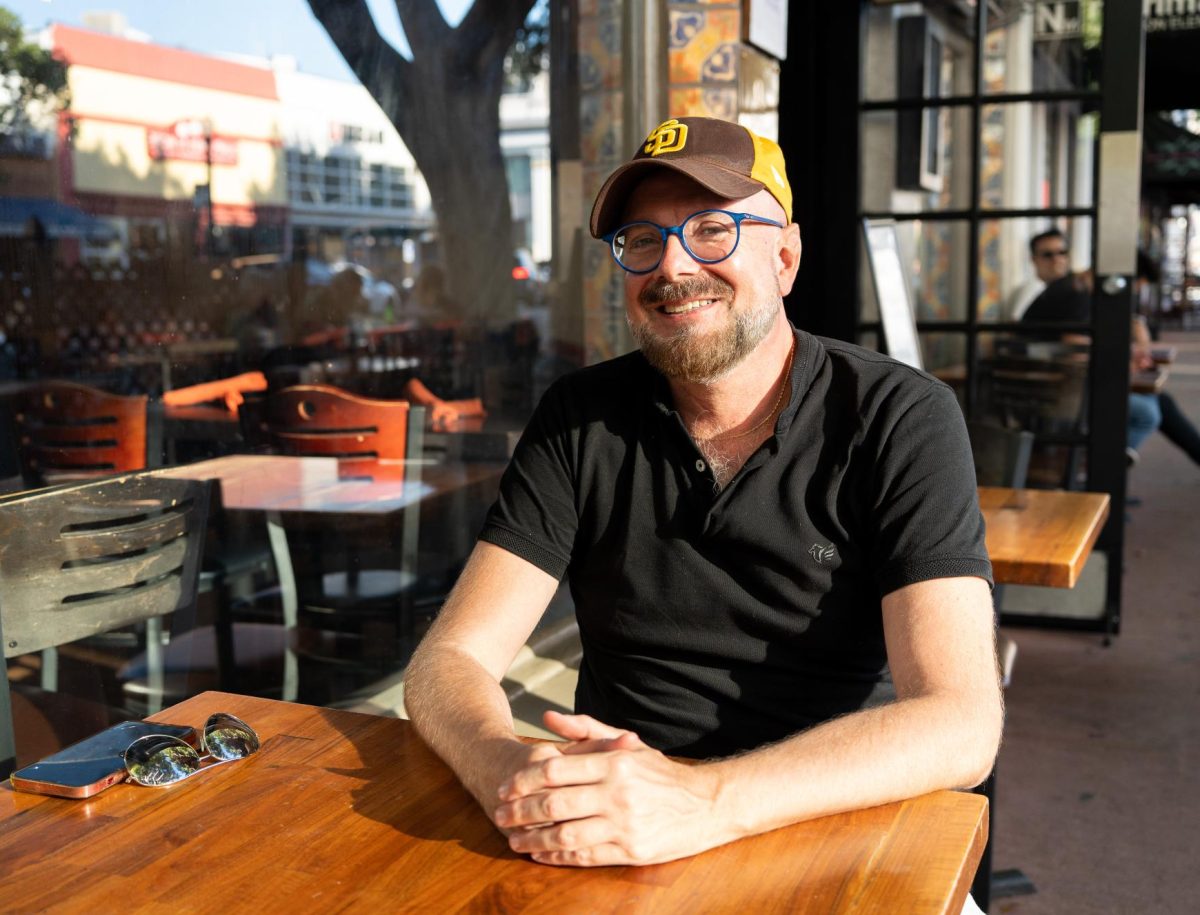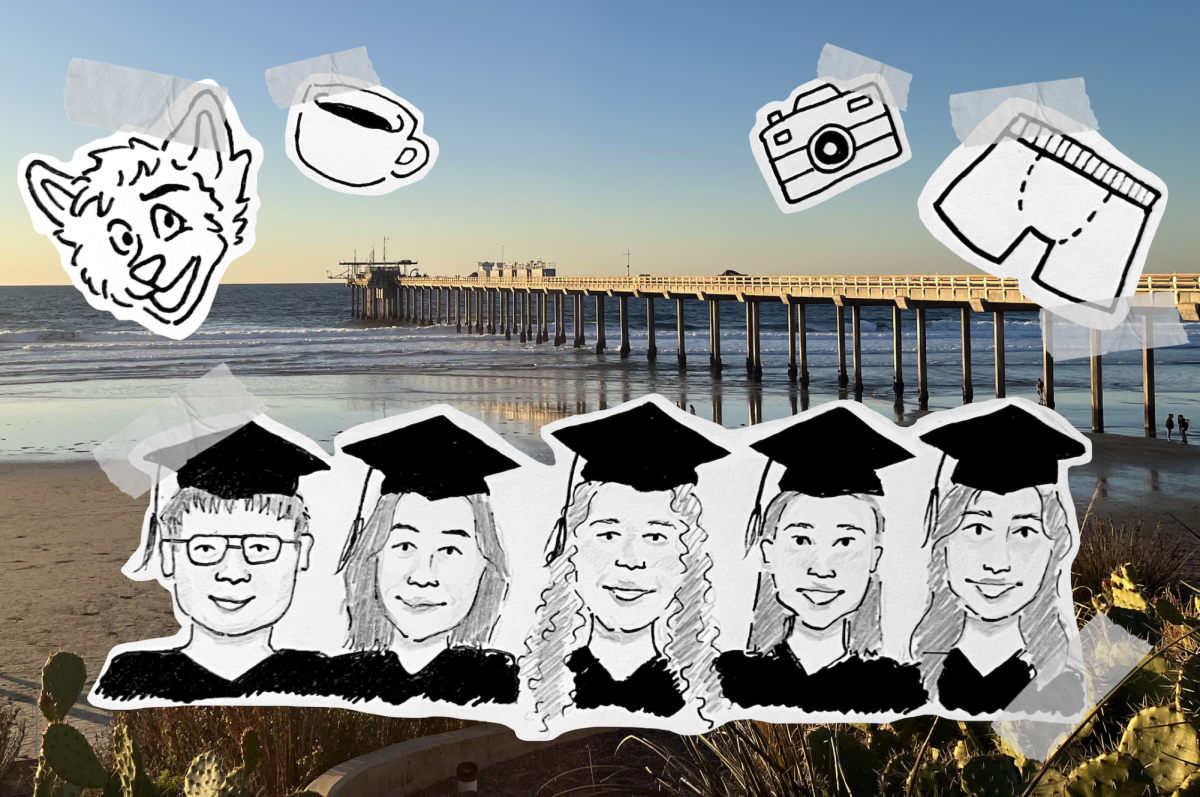This quarter, as hordes of students shuffle into giant
lecture halls and slam their tablets over their laps in preparation for another
lecture, students enrolled in Derek Lomas’ “Developing Technologies for
Developing Economies” practicum will gather in the Cal-(IT)2 building’s visual
arts space, settle in comfy chairs, learn about world issues and begin devising
ways to solve problems in developing countries through innovative technology.
Considering the class’ hands-on approach, it is surprising to learn that its
creator, Derek Lomas, a
student, is teaching the Winter Quarter class from
Lomas, who initially traveled to
Qualcomm with two other UCSD interns, stayed to conduct research, but was also
inspired to design a course relating to important international concerns.
“This class was created in response to real world issues,”
Lomas said. “It is not easy to come up with a class relevant to current
events.”
Lomas created the class in order to emphasize that
technological change can also bring about economic and social change, and to
raise undergraduate and graduate students’ interest in helping third world
countries. While some students may have connections to the developing world
through family or friends, many are largely detached and uninformed about the
simple difficulties that third world countries face, such as finding clean
water. To combat this, Lomas will take advantage of his firsthand experiences
and resources in
and, through modern technology, use observations and interviews with native
Indians to expose the country’s way of life to students. Lomas does not see his
in-class absence as a disadvantage. Rather, he plans to use his position in
enhance the class material and give his students an in-depth understanding of
the people they will make innovative solutions for.
Teaching a class from a country halfway around the world is
not as difficult or as complicated as it may seem. Thanks to the Internet and
Apple technology, Lomas will be able to hold live video conferences with his
class once a week. With his remote desktop, Lomas can also share files, photos
and videos that students will view on a widescreen Mac. During the course,
Lomas will alternate between holding live lectures from
prerecorded videos of guest Indian speakers and facilitating class
discussions.
“Distance education doesn’t have to just make up for someone
not being there,” Lomas said. “It can actually be a benefit because it can
provide firsthand experiences.”
In the experimental course, students will not only have the
chance to watch interviews with Indians, but they will also be able to
experience the daily lives of everyday natives such as truck drivers, vegetable
pickers and shopkeepers. To facilitate this, Lomas’ interviewees will wear a
special pair of sunglasses that work like a camcorder before taking part in a
normal day’s activities. These videos will then be edited, compiled and shown
to the students. By actually stepping into other people’s lives, Lomas hopes
that his students will become more globally aware and conscious of the problems
and poverty that developing countries face.
“There is not a whole lot of knowledge about how other
people live,” Lomas said. “Because of globalization, it is important that we
can compare life here to life in undeveloped countries. Being aware involves
more than joining a ‘Save Darfur’ group on Facebook or donating money to a
cause.”
Through their understanding of third world issues, students
will be better able to design a technological solution to better meet the needs
of developing economies. While the main criteria of this project require
students to conduct research and evaluate how their invention will assist the
lives of third world citizens, the product design and its marketability is
limited only to the students’ imaginations and ambitions. Although it is
unlikely that the students’ inventions will be mass marketed, a successful
invention is nevertheless based on creativity.
Although Lomas’ course is an example of a unique and
different approach to education, distance-learning classes are actually commonplace
in the state’s higher education system. For example, UCSD extension offers over
2,000 Internet-based and hybrid classes, combinations of Internet and
traditional courses. Although it may seem impractical to take a nontraditional
course, these types of classes have helped undergraduates and non-degree
seeking people achieve their educational goals. Henry DeVries, the UCSD
extension director of communications, sees this as a growing and valuable
resource.
“As the cost of technology rapidly falls, you will see the
continued rise of distance learning, especially for adult learners,” DeVries
said. “This is a chance for students from across the nation and around the
globe to have access to the top minds in the field.”
While Internet-based classes are designed for people to
learn whenever and wherever it is convenient for them, hybrid classes like
Derek Lomas’ involve a unique integration of class meetings and online
resources to create an enhanced learning environment.
“I think that the professor is setting a great example in
how the classroom can use technology,” said
senior Kristen Shimatsu, who plans to take the class. “I think that his
dedication and good use of modern technology makes up for how he isn’t
physically there. If anything, he is adapting to the students’ lives and the
technology that surrounds us.”







